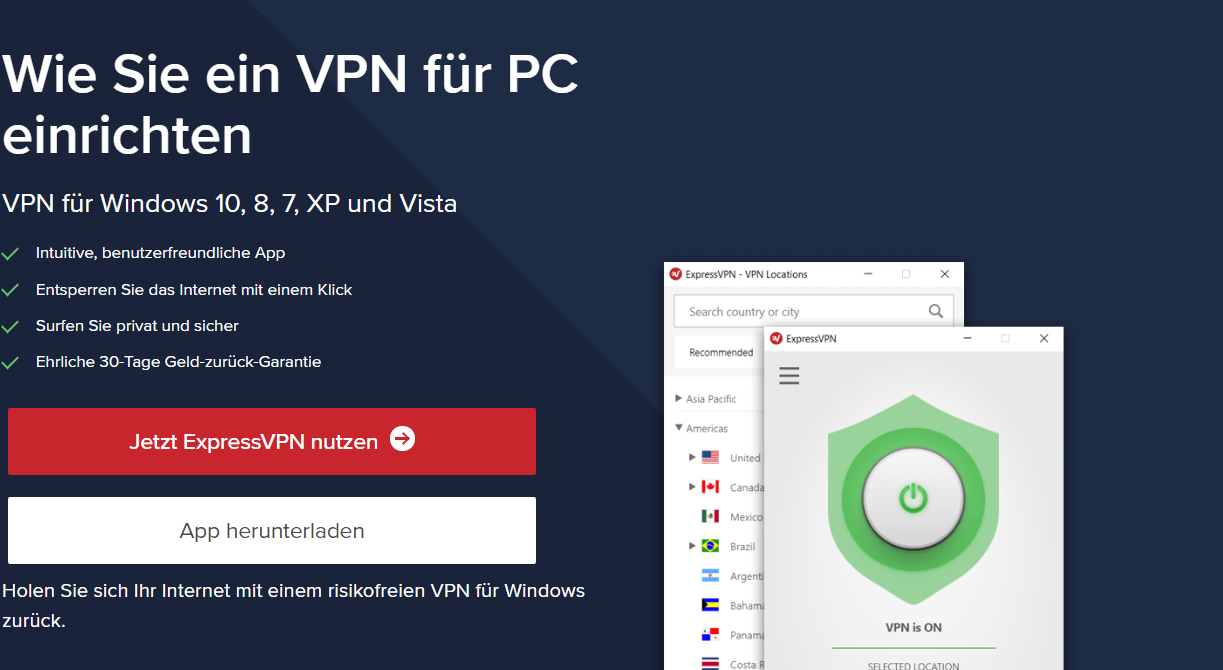
The router also has an internal address for its interface to your network (or just PC if they're directly connected). This step-by-step guide will show you how to choose protocols in your ExpressVPN Windows app.If you have one PC and a router, then your "internal" IP is the IP address of that computer, and the "external" IP is the address that the router uses towards the outside world. Select it and you'll have less locations to choose from. It's widely supported on many device types, but it can be slow, and it's not available on all ExpressVPN servers. L2TP/IPSec or L2TP over IPSec is a combination of two protocols - L2TP (‘Layer 2 Tunneling Protocol’) and IPSec (‘Internet Protocol Security’).IKEv2 ('Internet Key Exchange version two') is a veteran Microsoft and Cisco-developed protocol which still offers strong security, and works well on both desktops and mobile devices.OpenVPN TCP gives you the same kind of trade-off as the Lightway choice it's not quite as fast as OpenVPN UDP, but if you can't connect, or your connection keeps dropping, switching to TCP could make the service more reliable.It won't normally match Lightway for speed, but it's highly secure and fast enough for most devices and tasks. OpenVPN UDP is the most widely supported protocol in the VPN world.



Lightway UDP is ExpressVPN's own WireGuard-inspired protocol.As ever, security is at the forefront of any VPN service and with ExpressVPN, you can choose between its own Lightway ( UDP or TCP), OpenVPN (UDP or TCP), IKEv2 and L2TP/IPSec VPN protocols.


 0 kommentar(er)
0 kommentar(er)
